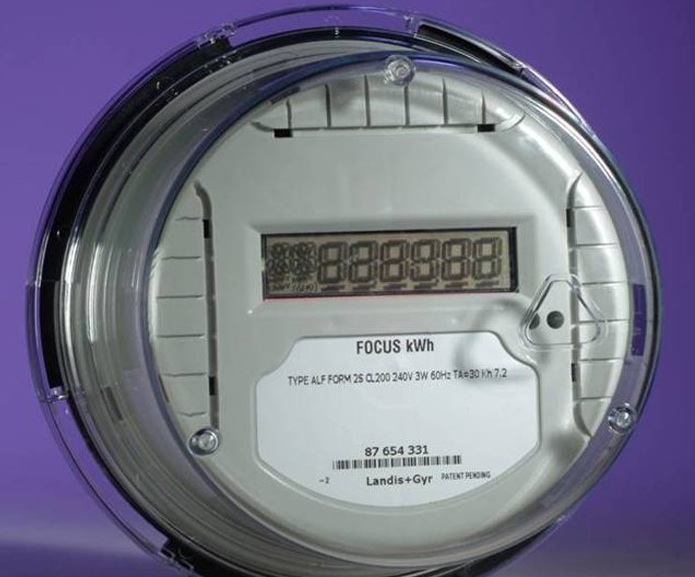There were objections from unions and warnings from computer security experts, but neither was sufficient to halt the Public Utilities Commission’s approval of a $200 million program to install “smart meters” to measure residential electric use – and, perhaps, to steer consumers to alter their patterns of usage.
The meters, being set up with the help of a $96 million stimulus grant, within a relatively short time will be measuring electrical use at all 600,000 homes serviced by Central Maine Power Co. Designed to be read remotely by computer links, the meters are replacing all the old meters that feature small odometer-like dials.
Utilities in other states have been engaged in similar upgrades in recent years. The project has several goals, one of which will save CMP the salaries of 141 employees who used to travel from house to house to read the old-style meters, or who supported the work of the field crews.
Even though their union pointed out the irony of using stimulus funds to eliminate jobs, the project got PUC approval last February. The commissioners said the upgrade could save customers up to $25 million. Shareholders, not ratepayers, will make up the $104 million difference.
CMP says that the new meters will allow it to keep track of usage, nail down power outages instantly and allow consumers to track their use more efficiently. Over the longer term, the meters could support “time-of-day” pricing to encourage consumers to turn off air conditioners, electric water heaters and clothes dryers during peak generation periods, reducing the need to build new power plants.
But some computer security specialists say the meters’ vulnerability to hacking remains unknown. And experience in other states has led consumers there to complain their new meters interfered with satellite TVs, cell phones and child safety monitors.
Other users complained that their bills rose steeply, some even doubling, after the new meters were installed.
Manufacturers replied that their devices met FCC standards and that other devices that were poorly shielded against interference were at fault. The utilities said the old-style meters, many of which had been in place for years, could have been worn to the point that they did not measure use accurately. The new meters did, resulting in an increase in charges.
So, like most new devices, the meters will likely have plusses and minuses.
But either way, they’re coming, and it’s up to CMP to work with its customers to help them adapt to the new meters with a minimum of disruption or expense. And the PUC should be keeping a sharp eye out to be sure that’s exactly what happens.
Send questions/comments to the editors.



Comments are no longer available on this story